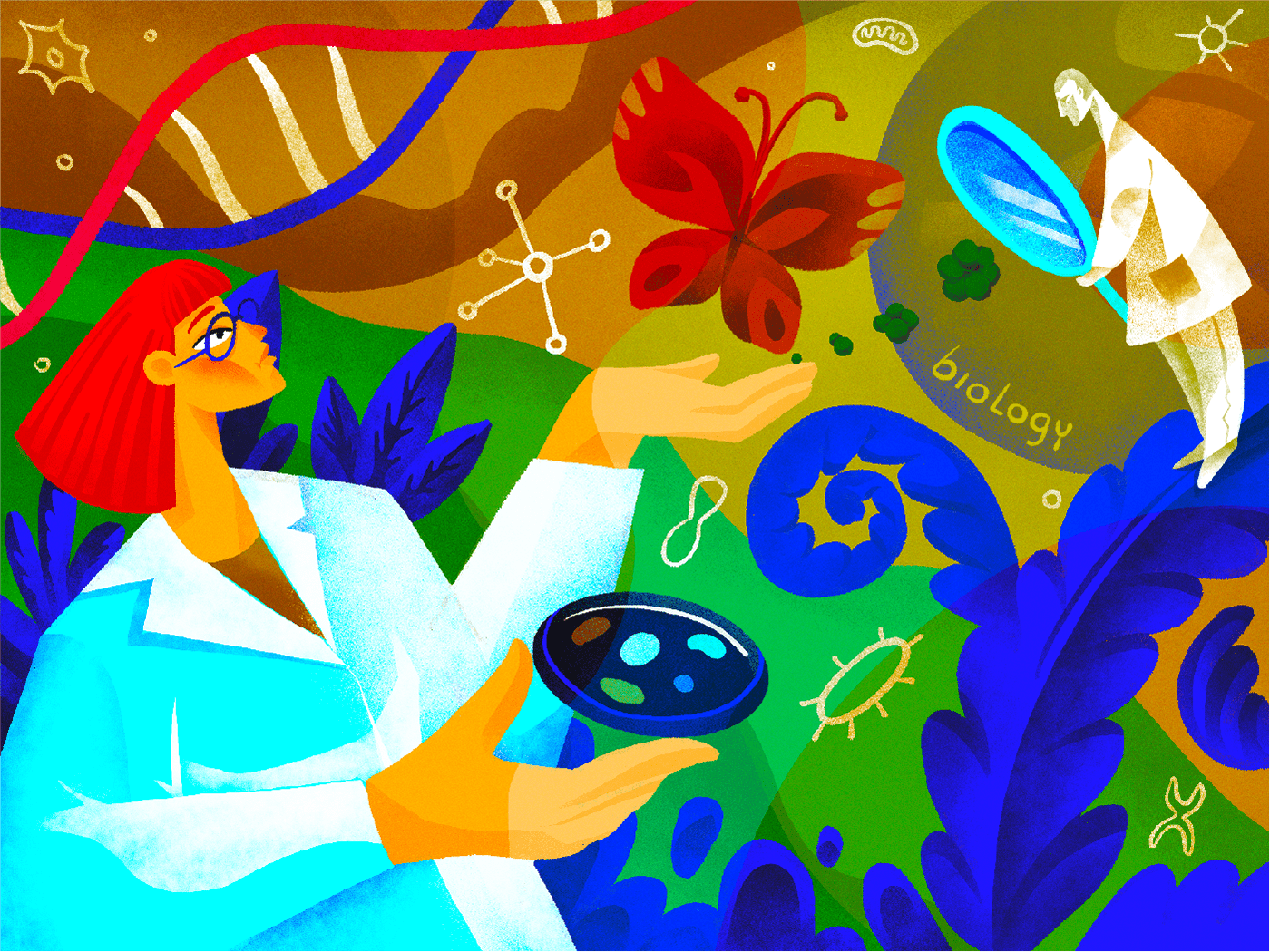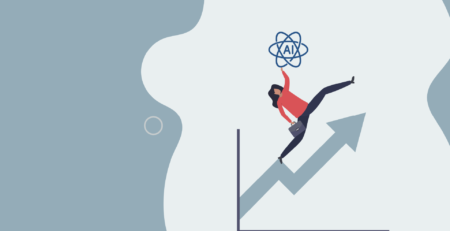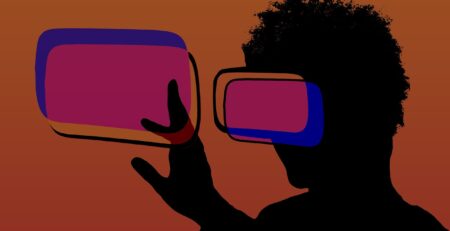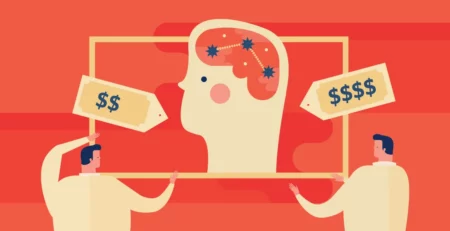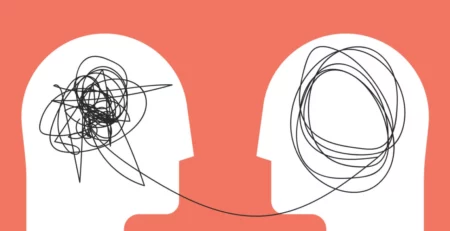People usually think of art and science as total opposites. One emotional and one logical. But in reality, they are a lot more connected. The historians, artists, scientists, and thinkers have been curious throughout the ages about how these two overlap. However, they do both work differently: science is mainly data and testing, while art is expression and creativity. But they both equally help us understand the world around us.
In very simple words, art helps us understand how we feel and how we see things, whereas science tries to explain how things work. Both are asking questions and trying to make sense of the world. And when they both work together, they push ideas a lot further than they could do alone.
So, in this article, we are going to discuss how art and science work side-by-side and how this connection helps bring new ideas to life.
Table of Contents
Understanding Art and Science
Art has mostly to do with human creativity. People use art to express themselves and their feelings through either painting, music, dance, writing, or even film. You can’t really describe it in one term because it’s pretty diverse and also personal. Some share their emotions through art, while for others it’s a way to comment on society or anything beautiful. Art is powerful because it connects with people on many different levels depending on their background and point of view.
Science, on the other hand, gives a more structured feel. You learn about things both in nature and in everyday life. Scientists ask questions, test ideas, look at data, and try to figure out what’s really going on. They then test their ideas, watch what happens, and adjust from there. More than perfection, it usually comes down to being careful and curious. Be it studying the stars, trying to figure out how the brain works, or just looking at tiny cells, it’s all about asking questions. With the answers, you get help to make smarter choices and better understand the work
History
What exactly is the connection between art and science? Over the course of history, the relationship between these two has transformed and presented itself in different forms. From ancient times through the Renaissance and into the contemporary era, the interaction between these fields has influenced human culture, understanding, and imaginative expression.
Prehistoric Times
If we go back in time, science and art weren’t really looked at as two separate things. Cave paintings that were found in places like Lascaux and Altamira show animals, people hunting, and even stars. These drawings weren’t just a means of communication or storytelling. They also showed an early curiosity about nature and how the world worked. People even back then were continuously trying to make sense of their surroundings, and they used art for it.
Ancient Greece
The Greeks had the most success with art and science. Plato and Aristotle in particular asked big questions about life, nature, and the universe. They are one of the earliest and most renowned scientists and philosophers of the time and to date. Greek artists paid special attention to symmetry and proportion. In their sculptures, you would often find clear mathematical rules that show how logic and art were connected.
The Renaissance
In the 14th and 17th centuries, things started to come together. The Renaissance was a time when artists and scientists often worked side by side or were the same people. Many people know Leonardo da Vinci and that he studied anatomy. One of his early designs was built for machines. Even with all of this, he still found time to paint some of the most famous art in history. His work is closely tied to creativity and curiosity, which tells a lot about his period. Then there were new ideas in optics and geometry that also helped artists create more realistic paintings. They had a lot more depth and perspective.
The best of both worlds! Source: History.com
Enlightenment Era
When it comes to the 1700s and the Enlightenment era, people started focusing on reason, observation, and critical thinking. There are some major breakthroughs in science, like new ideas in physics, chemistry, and biology. And all of these helped people understand the world in ways they never did before. At the same time, some artists started leaning toward a style called neoclassicism that was borrowed from Greek and Roman art. The art from this time reflected a love for structure, balance, and a clear, logical design. All of these were pretty much in line with the thinking of that time.
Modern Times
In the 19th and 20th centuries, art and science kept growing together. A lot of new tools were introduced, like cameras, film, and digital software. These gave artists a fresh way to express themselves. Many people started using science as a creative boost, and some even explored big ideas like space, atoms, or the environment through their work. Then some other people used tech tools to build new kinds of art entirely. People started exploring new ideas and reacting to the world around them.
Contemporary Era
Right now, some artists are using digital tools to create art, code, and even live cells in their work. Some others are talking about big topics like climate change, genetic engineering, and the impact of new tech. There’s even a field called bioart, where artists use real lab techniques and biological materials to create something new. What’s interesting is that both artists and scientists are often trying to answer the same kinds of questions, just from different angles.
Shared Skills in Art and Science
Art and science have a shared sense of common ground despite how different they may seem. Both disciplines require the utilization of a set of skills necessary for creative and investigative procedures. These skills mostly underscore a level of thinking required for both disciplines. Such skills include creative, critical, and analytical thinking. In sharing these sensibilities, both art and science can connect on a deeper level with one another. This, in turn, paves the way for discoveries and innovations in both fields.
Let’s dive a little deeper into each of these alongside a little look at other skills that are encouraged by either field. Within both art and science, creative thinking is key. In art, it’s quite obvious where exactly you need to be creative. The entire process of making art is an endeavor in creativity.
However, for science, it’s not that obvious. However, you’ll notice that science is all about problem-solving. And to solve a creative problem, one needs to come up with creative solutions. This, in turn, leads to creative discoveries. The reverse is true for analytical thinking in both fields. Usually, when someone thinks of the process of analytical thinking, they’d apply it to the field of science, but not art. Yet artists also analyze different things to achieve results.
A few such examples are color theory, composition, and form. A good analytical understanding of the rules is necessary to break the rules. Problem-solving skills are also demanded by both fields. On one hand, artists are faced with the challenge of bringing their ideas to life, while scientists grapple with unraveling complex phenomena. In both fields, individuals must identify, analyze, and resolve problems effectively. Critical thinking is also usually associated with both fields.
Artists need to critically assess their work. They aim to be coherent yet have a degree of depth and emotional resonance. On a similar note, scientists critically examine research results, whether they be their own or a partner’s. They constantly challenge pre-existing assumptions through a series of tests, experiments, and hypotheses. In both art and science, visualization is a key skill. Artists visualize their concepts and translate them into various mediums.
Meanwhile, scientists tend to visualize intricate data and abstract ideas as real-life concepts. Science has been used to visualize art plenty of times. Just look at the works of Leonardo Da Vinci or the intricate works found within Islamic mosques. And last but not least, both fields thrive on effective communication.
Artists convey their ideas, emotions, and messages through their work. Their aim being a desire to evoke responses from viewers. To get them to think about something grander. Similarly, scientists share their research findings, theories, and discoveries with both their colleagues and a wider audience. The aim of the scientist is the spread of knowledge and the creation of understanding.
The Human Desire for Understanding
It’s safe to say that most humans seek understanding and predictability. Even if you enjoy spontaneity, complete unpredictability can be stressful.
Both artists and scientists feel compelled to understand and impose order on the chaos of the world. While they have different subjects and methods rooted in diverse traditions, they share the goal of inventing new concepts and technologies to achieve their objectives.
Scientists pursue this through repeated experiments, aiming to uncover new aspects of reality. Once they gain new insights, they communicate their findings through traditional channels.
Seeking meaning through art and science! Source: Medium
On the other hand, artists often begin with a new vision. They then explore and experiment to find the best way to convey their message. This may involve exhibiting their work in galleries or seeking feedback from viewers.
Artists and scientists do use different tools, but they oftentimes think in similar ways. They both ask questions and are curious and not afraid to take risks. They are after the unknown.
And these very shared traits make them great partners. They become unstoppable. Throughout this article, we have tried to understand how art and science go hand-in-hand. They look at the same thing from a different lens, angle, and perspective. That is why it’s always amazing to see what wonders these two teams can do together. Because a mix-up of their work can lead to better ideas and solutions.
If this topic interests you, we’ve got more to share. Check out our site to read more and be part of the conversation. Let’s keep pushing boundaries, together.
FAQs
- How do artists use scientific principles in their work?
Many artists use concepts like light, color theory, anatomy, and geometry. For example, Renaissance painters studied human anatomy for portraits that looked absolutely real. Modern digital artists on the other side use physics-based rendering for 3D art.
- Can science be considered an art form?
Yes, fields like architecture, medicine, and engineering do need some sort of creativity. Scientists also sometimes use artistic methods to present data, and this includes visualizations and models.
- What kinds of careers mix art and science?
There are actually quite a few. There are medical illustrators who use detailed diagrams for textbooks and architects who combine design with engineering. Then there are game designers who need both creativity and technical skills. Bioart and forensic reconstruction jobs sit at the intersection of creativity and science.
- How has technology changed how art and science work together?
A lot, honestly. Digital tools, AI, and virtual reality have opened up new ways for artists to create and for scientists to explain their research. These tools let both sides team up in ways that weren’t really possible before.
- Why does it matter if artists and scientists work together?
Because when they do, good things happen. Artists can take complex scientific ideas and make them easier to understand. Scientists benefit too—it’s easier to share their work with the world. Working together often leads to fresh ideas and new ways of solving problems.
